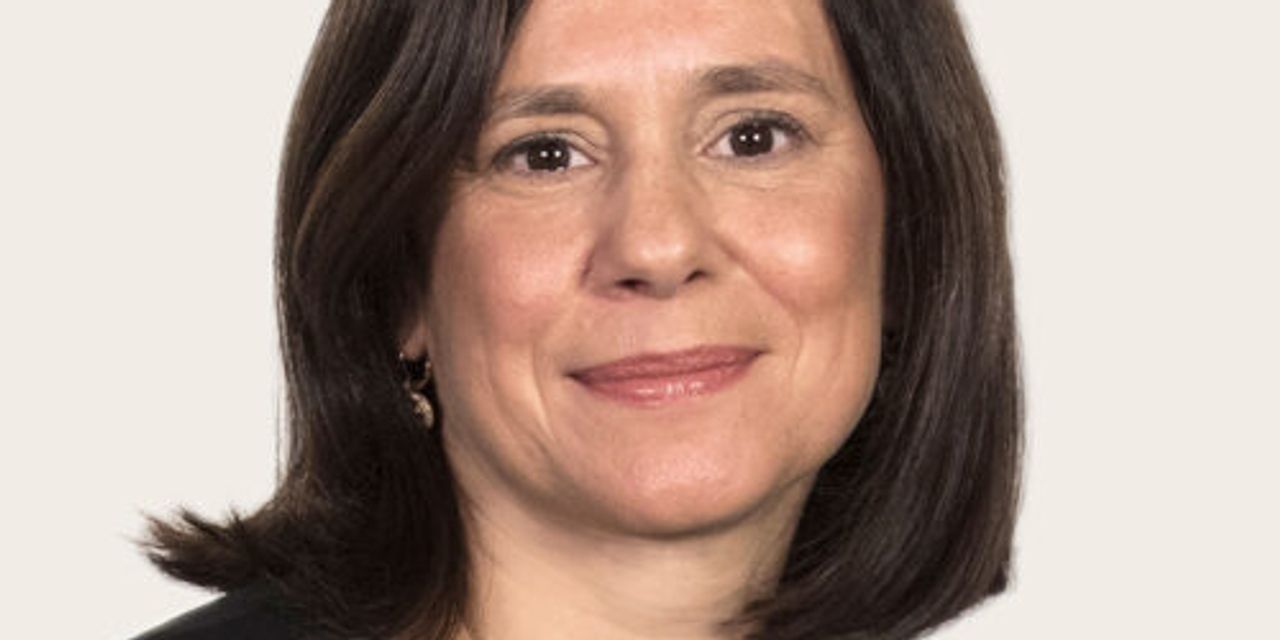The Federal Reserve should slow down the pace of its interest-rate hikes so officials can better see where they are headed, Dallas Fed President Lorie Logan said Wednesday.
“A slower pace is just a way to ensure we make the best possible decisions,” Logan said in a speech to the University of Texas at Austin McCombs School of Business.
“If you’re on a road trip and you encounter foggy weather or a dangerous highway, it’s a good idea to slow down. Likewise if you’re a policymaker in today’s complex economic and financial environment,” she added.
A slower pace would translate into a quarter-percentage-point move at the Fed’s next meeting Jan. 31- Feb. 1.
Last month, the Fed slowed the pace of its steady rate hikes to a half-percentage-point increase, to a range of 4.25%-4.5%.
In her prepared remarks, Logan said she supported that decision, “and the same considerations suggest slowing the pace further at the upcoming meeting.”
Fed Chairman Jerome Powell told reporters last month that the pace of rate hikes is not as important as the ultimate level they reach.
Logan said going slower was not a signal of “any less commitment” to getting inflation back down to 2%.
“My own view is that we will likely need to continue gradually raising the fed funds rate until we see convincing evidence that inflation is on track to return to our 2% target in a sustainable and timely way,” she said.
Logan, a former senior staff member from the New York Fed, took the helm of the Dallas Fed last August. She is a voting member of the Fed’s interest rate committee this year.
Several other top Fed officials have embraced a quarter-point move at the February meeting.
But some other Fed officials, including St. Louis Fed President James Bullard, argue that the Fed should keep hiking at the same pace until the benchmark rate is above 5%.
Read: Fed’s Bullard doesn’t want to ‘stall’ on getting interest rates over 5%
Stocks
SPX,
closed sharply lower Wednesday, with all 30 components of the Dow Jones Industrial Average
DJIA,
falling, the first time that has happened since September. The yield on the 10-year Treasury note
TMUBMUSD10Y,
fell sharply to 3.38%, the lowest level since early September.

